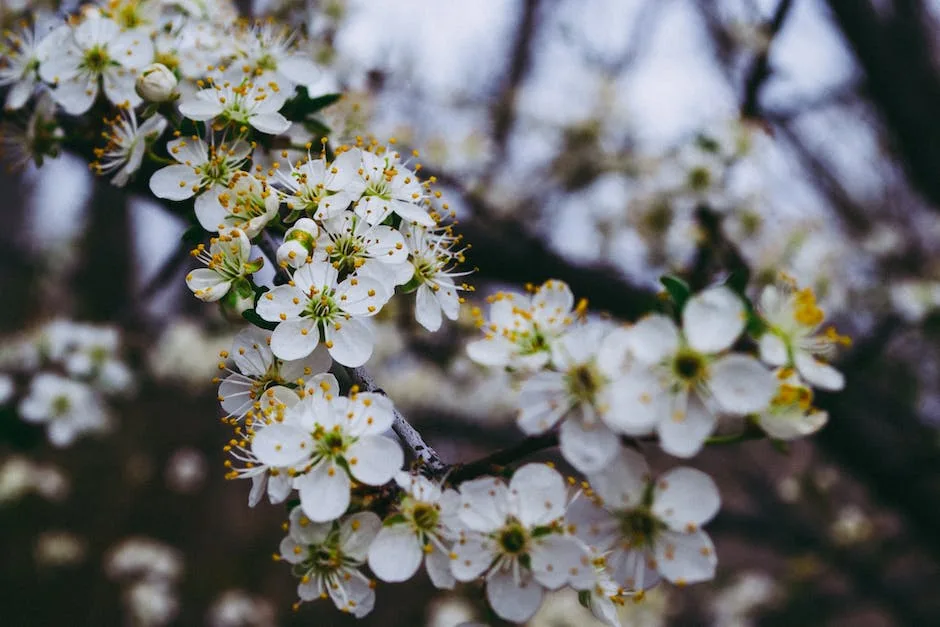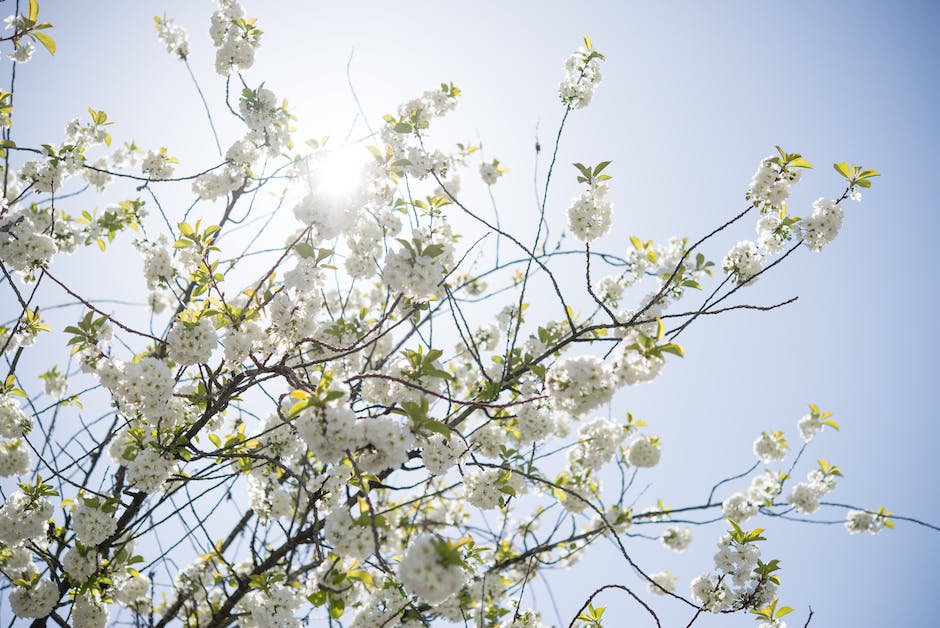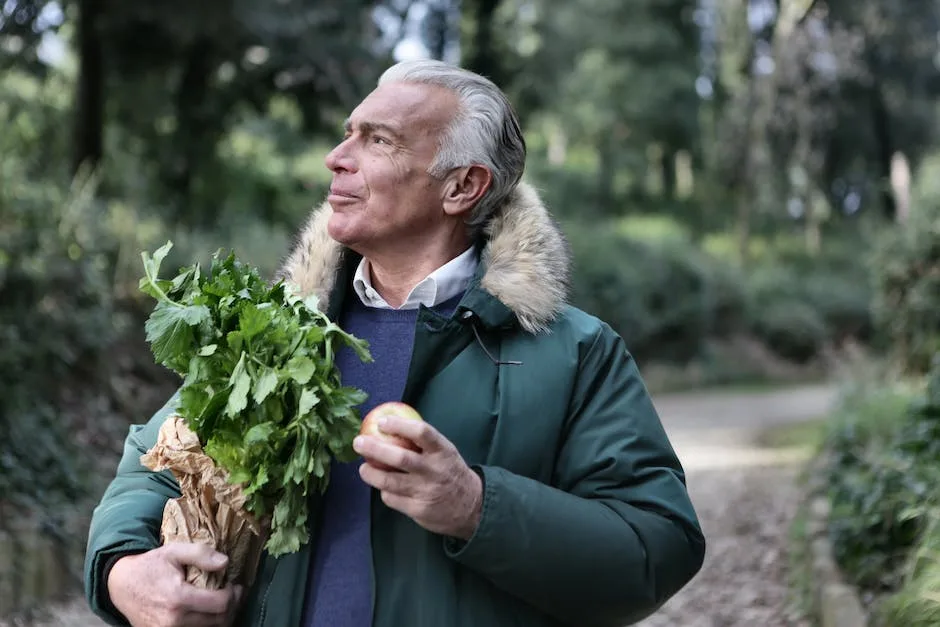Apple trees need a certain amount of chilling hours, or time when the temperature is below 45 degrees Fahrenheit, in order to produce a good fruit crop. For example, in North Carolina, apples need 800 to 1,000 chill hours. The hours of chilling accumulation are cumulative, meaning that each hour below 45 degrees Fahrenheit during the winter counts toward the total. In central and southern California, the climate is not cold enough for apples to set fruit, although some varieties will bud.
Apple trees start to bud in the spring, when the weather begins to warm up and the days start to get longer.
What month do apple trees bloom?
Apple trees typically bloom with pink flowers between mid-April and mid-May. This is after the trees have met a certain number of required hours of chill during winter dormancy. The amount of required hours can range from 500 to 1,000, depending on the apple cultivar.
Apple seeds need 60 to 90 days of moist and cold conditions to germinate. Keep the paper towel moist and add moisture as needed. When the seeds have sprouted, they are ready for sowing.
Do apple trees flower before leaves
The first growth to appear in the Spring is the leaves and the trees will bloom approximately 3-4 weeks later. The date on which apple trees bloom in a location can vary annually based upon fluctuating winter and spring temperatures and when the trees have had their chilling and heating requirement met.
There are eight growth stages for grapevines: dormant, swollen bud, bud burst, green cluster, white bud, bloom, petal fall, and fruit set. During the dormant stage, the vine is resting and there is no new growth. The swollen bud stage is when the buds begin to swell and grow larger. The bud burst stage is when the buds begin to open and new leaves appear. The green cluster stage is when the clusters of grapes begin to turn green. The white bud stage is when the clusters of grapes begin to turn white. The bloom stage is when the flowers on the grapes begin to open. The petal fall stage is when the petals of the flowers begin to fall off. The fruit set stage is when the grapes begin to turn red or black.
Why haven’t My apple trees bloomed yet?
It is important to be patient when growing fruit trees, as they can take several years to mature before they will produce flowers and fruit. The lack of flowers on a young tree is often due to its age, and not indicative of a problem. Once a fruit tree reaches maturity, it should produce an abundance of flowers and fruit.
If you find that your tree has no flowers or flower buds present, it is likely due to over-pruning or poor pruning practices. When too much wood is taken out of a tree in one year, the tree’s energy is put into compensating for the lost foliage at the expense of fruit production. This can lead to vigorous shoot growth at the expense of fruit.
Do you need 2 apple trees to produce fruit?
Apples are a self-unfruitful plant, meaning they require cross-pollination from another variety of apple tree in order to produce a crop. For a good fruit set, plant at least two different apple tree varieties within 50 feet of one another. Some apple varieties, such as Golden Delicious, will produce a crop without cross-pollination from a second variety.
When you first plant your apple tree seedlings, water them daily. After a couple of weeks, you can water them every two or three days. After another couple of months, you can water them once a week.
How do you stimulate an apple tree to grow
– Chill hours refer to the number of hours that a tree experiences temperatures below 45 degrees Fahrenheit. Apple trees need hundreds of chill hours to bear fruit.
– Water young trees deeply and regularly, about 2 inches per week.
– Fertilize trees according to manufacturer’s instructions.
– Mulch around trees to help retain moisture and suppress weeds.
– Prune trees as needed to promote growth and health.
It is generally 2-3 weeks after leaves start to appear and tight clusters of 5-8 green fruiting buds are observed that flowers start to bloom. Over the next week or so, the green fruiting buds gradually turn pink.
Do all apple blossoms turn into apples?
Blossom pollination is vital for the growth of apple trees. In early May, apple trees are covered in apple blossoms. In order for the blossoms to become apples, they must be cross-pollinated. This means that the pollen must travel from one flower to another before fertilization can occur.
fruits usually form buds during the summer and stay dormant until the next spring. However, if there is a sudden cold-snap towards the end of the summer, followed by a warm sunny autumn, the tree may get confused and think that it has just gone through winter and spring has now arrived. This could result in the tree starting to produce fruit early.
What do budding apples look like
One the prepared budwood is taken to the nursery Field where crews of two to three people will chip the wood into small pieces and plant them in the desired location. Properly done, this will result in a high survival rate for the new trees.
The blooming of an apple tree is key to its apple production. If there are not many blossoms or if they do not stay on the tree for at least 10 days, the tree may not produce many apples. The blossoms must be cross-pollinated by another variety of apple tree, or by a crabapple tree, to produce viable fruit.
What time of year do apple trees bear fruit?
Apple trees set fruit in the spring, and the apples mature from late summer through fall. Each apple variety matures on its own particular schedule, with early varieties like Zestar ripening first.
Fruit trees need to be exposed to cold temperatures (vernalization) in order to flower in the spring. This is typically done by counting “chill hours”, or the amount of time the tree is exposed to temperatures below 45 degrees Fahrenheit.
What triggers trees to bloom
The arrival of warm temperatures in April, more than increased day length, induces trees to open their buds. Usually the timing is appropriate, though unseasonable early warmth can sometimes fool trees, as in the early opening of apple blossoms and oak and maple leaves in April and May of 2010.
Fruit trees prefer an organic, high nitrogen fertilizer. Blood meal, soybean meal, composted chicken manure, cottonseed meal, and feather meal are all good, organic nitrogen sources.
Should you water apple trees
To ensure that your new fruit tree gets the best possible start, make sure to water it regularly. Once a week should be sufficient, but during hot weather or periods of drought, you may need to water it every 2-3 days. This will help your tree to establish a strong root system, which is vital for its long-term health and productivity.
Fruit trees require annual pruning to maintain optimum health and fruiting. neglecting to prune fruit trees can result in decreased yields, and decreased fruit quality. Pruning also helps to keep trees disease-free.
Conclusion
Although the timing varies depending on the climate, apple trees typically start to bud in late winter or early spring.
The answer to this question depends on the climate in which the apple tree is growing. In general, apple trees start to bud in late winter or early spring. However, if the winter is particularly cold or the spring is late in coming, the apple tree may not start to bud until late spring or early summer.
Jackson Hill is a passionate arborist with years of experience in the field of trees. He developed his fascination with trees at a young age, spending countless hours exploring the forests and climbing trees. Jackson went on to study arboriculture and horticulture at Michigan State University and later earned a degree in forestry from the University of Michigan.
With his extensive knowledge and expertise, Jackson has become a trusted authority on trees and their impact on the environment. His work has helped shape the field of arboriculture and he continues to be a leading voice in the industry.
